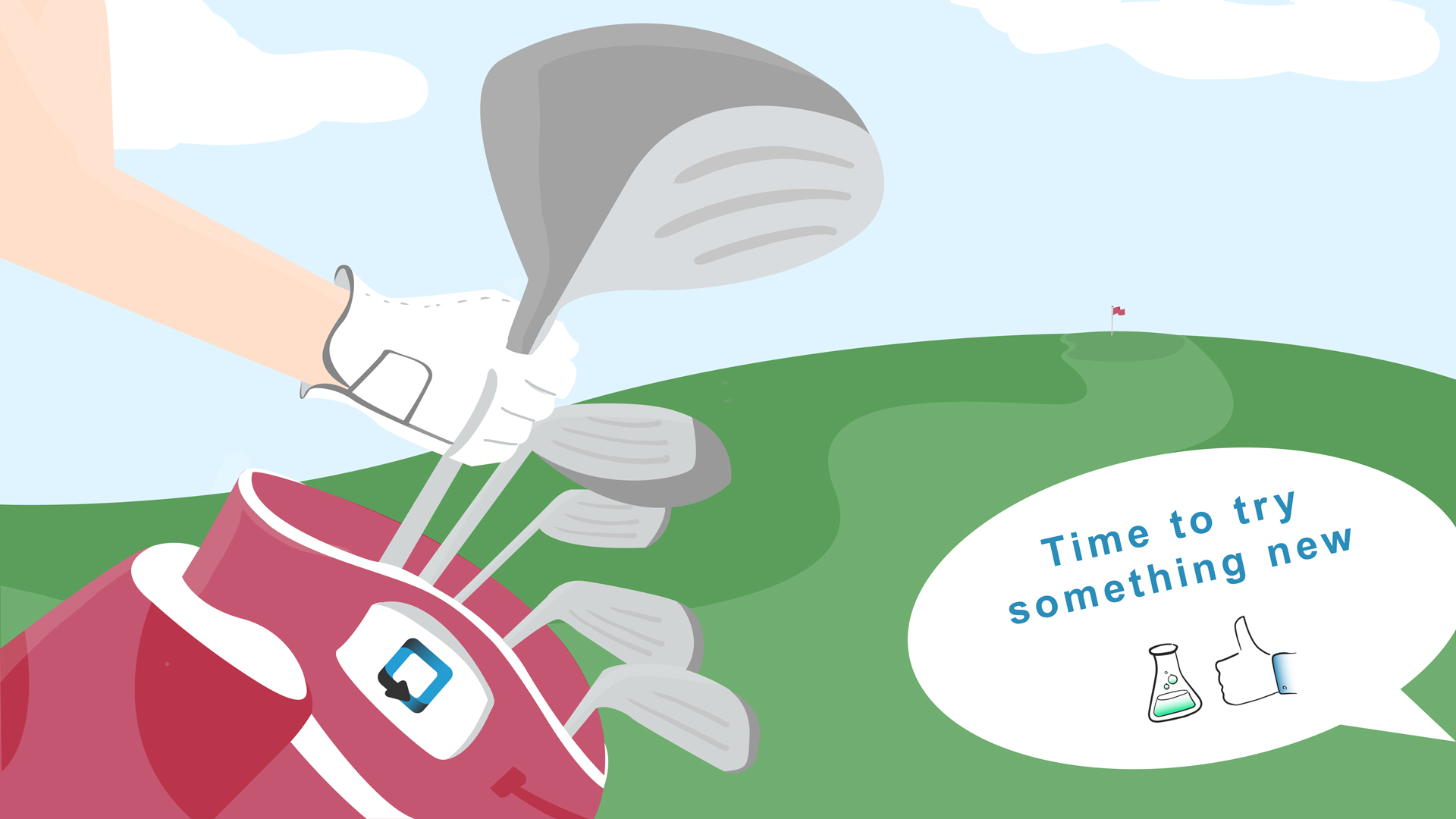Transformational Strategic Execution: Experimentation and Learning
Transformational Strategic Execution (TSE)
This month I want to cover the last of the four facets of Transformational Strategic Execution. So, let’s quickly review how we got to this point. It can be useful to apply a best-practice, high-level framework to the way we think about business strategy. How, as businesses, we want to work with our teams, how we communicate with them, and how we set our expectations. TSE is our way of thinking about and resolving the challenges organizations face when executing their strategic plans. It is separated into four facets of transformational management:
- Communicate Visually | Presenting strategy as a picture for clear communication
- Change Ready | Building organizational commitment and readiness for change
- Capability Focused | Empowering people and teams to execute the strategic plan successfully
- Constant Improvement | Embracing experimentation and seeing strategy as an agile, dynamic process
Experimentation and learning allows us to constantly improve and now, more than ever, it is a vital strategic ingredient in the fabric of your business.
Strategic Agility Has Become an Asset
Over the last 2 months I have noticed some words and phrases becoming very popular as we talk to businesses about strategy:
- “the need to pivot strategically”
- “adapt at pace”
- “scenario decision making”
- “response rehearsal”
To me they all mean the same thing. It is the key ability to recognize strategic agility as an asset and it is an asset that belongs to strategically dynamic organizations. These businesses may have long time-scale strategic plans and goals, but they are not locked into the traditional review process. They have a framework that allows them to pivot, adapt at pace, rehearse scenarios — they have the key ability to change quickly.
Change and Strategy
Successful execution equates to successful change management. However, the ability to change requires certain attributes. I have mentioned Peter Senge’s 5 attributes of a Learning Organization in the past:
- Personal Mastery | Enabling an individual to continually deepen their thinking
- Adapting Mental Models | Having the ability to visualize how we act
- Maintaining a Common Vision | Gaining commitment by sharing a view of the future
- Team Learning | Recognizing the criticality of working as a teams
- Systems Thinking | Combining the above, both the hard and soft strategic systems
Transformational strategic thinking must embrace these key attributes of the learning organization.
Achieving Agility
As a platform for execution, and fundamental to StrategyBlocks, is its capability to promote communication. It allows people to deepen their thinking and increase their understanding of the strategic plan through transparency. As research shows, presenting this information visually could improve an individual’s ability to recall strategy by as much as 70%. It shares a roadmap of future goals and informs people (and teams of people) how ‘we’ are going to get there. It encourages learning about what worked well in the past and what didn’t. There is too much time spent reinventing the strategic wheel and, in the current environment, time to be nonproductive is in short supply.
Thank you for following along with this series of TSE blogs, I hope they have given you the opportunity to think about them in the context of your own organization and how this thinking could be important to the strategic journey of your business.




Leave A Comment